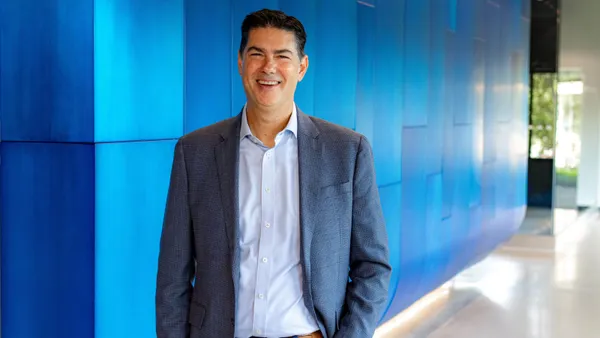Dive Brief:
- Even though the cost of commercial building has hit record highs recently, owners and contractors can expect to shell out even more for construction projects in many U.S. cities in the near future, according to a new report from Skanska that looked at 21 major markets.
- The Sweden-based contractor expects all of the cities surveyed to experience above-average construction price inflation at some point over the next two years.
- The report measured intervals within the next six months, the next six months to a year and the next one to two years. Every city measured should expect price inflation between 3% and 5% per year during at least one of those time periods, the report found.
Dive Insight:
Phoenix and Orlando, Florida, are expected to experience price inflation above 5% within the next six months to a year. Most other cities will see price inflation above normal — in the 3% to 5% range — and the report defines “stable” construction pricing as less than 3% annually. New York City, too, is also expected to feel that above inflation price increase, though it is expected to decrease within the next two years.
Here is a look at some of the cities that will see the highest construction costs above inflation in the coming months, and others that Skanska predicts will fare better. The information reflects the opinion of the contractor’s local project planning leaders and is independent of any published analytics.
Dallas: In spite of signs indicating the Dallas-Fort Worth market will level out, it remains busy — with expected price inflation between 3% and 5% for the next two years. As higher education, hospitality and healthcare sectors remain robust, the region will be kept busy by projects like a new Universal Studios park and resort and the relocation of Caterpillar’s global headquarters.
New York City: Above-normal escalation trends should ease in 2023, the Skanska report found. But as some supply chain struggles ease up — like materials for steel work and roofing — lead times for products like air handlers and generators have increased dramatically. As a result, the report urged planning procurement of such machinery well ahead of schedule.
Orlando: Construction projects in the region are strong, but there is another major problem: the workforce. Low construction employment in the region has slowed projects, and contractors find themselves paying more for less progress due to a lack of experienced trades workers.
Phoenix: A Taiwan semiconductor plant is eating up much of the labor and material resources available in Phoenix, according to the Skanska report. The Taiwan Semiconductor Manufacturing Co. project will cost $12 billion. As a result, other clients are slowing similar projects or putting them on hold. Nevertheless, there are plans for more work, but project owners are anxious about availability of materials and labor.
San Francisco: Despite slowdowns from major projects, Skanska predicts opportunities in the Bay Area, as vacant office spaces potentially transition to life sciences structures.
Seattle: Skanska finds evidence the Seattle market is in a transitory phase, as owners like Microsoft, Amazon and Meta put projects on hold. Meanwhile competition is forcing contractors to rethink their fees, as commodity prices drop and labor prices rise.














